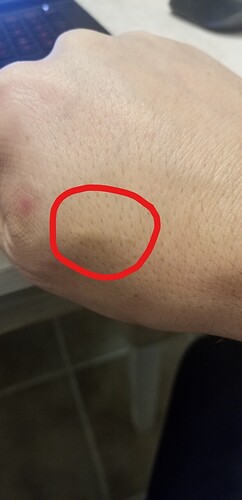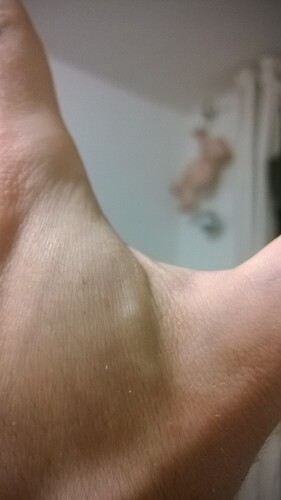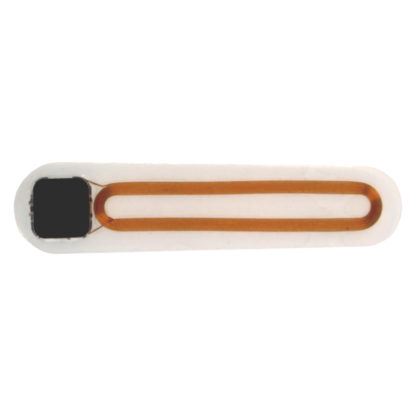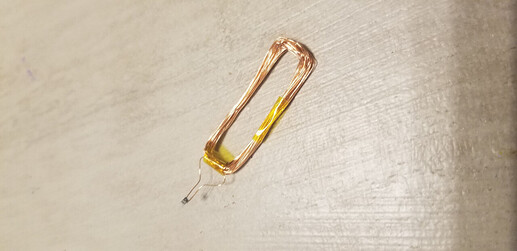(agreed that your title is likely wrong)
It’s perfectly fine to be able to see it. If it’s in, it’s in. It can’t come out or anything, and there’s no problems with increased risk of damaging it or anything.
Most would consider it ideal actually, given that you’ll get slightly better range vs. someone with it deeper in their hand (very slight, though).
My NExT looks the exact same, with it slightly visible with my hand flat. If I make a fist, it becomes very visible. I like it, makes it easy to show people, and it’s a reminder to myself that I have it. Visible but unnoticeable is how I like mine, if that makes sense. Not severe enough to unprompted catch the eye of someone like an employer (like a tattoo would), but I can still see it when I look at it.
My xSIID sits a tiny bit deeper, and I actually wish it was a little closer to the surface.
This is just my opinion of course, but any attempt to move it or to reinstall it would pose a greater risk than just leaving it where it is tbh. Not hurting anything.
Not sure when your install was, but I definitely wouldn’t try moving it around. You would break through any encapsulation built up, and without the trauma of the initial needle injection, it might not rebuild fully, and you could end up with a sort of floating implant (a few here have this problem, the implant travels around their hand or arm, not settled in place). Far from ideal.
I did it with mine only a few mm within the initial few days of getting my implant, and it hurt like hell, too. It caused a sort of deep burning sensation, presumably the layers being separated with the blunt end of the implant, rather than the sharp needle like during initial install. I only did this because mine was in a major problem area (sitting along my fist), and it posed an actual hazard if it continued to migrate near my joints. Not recommended at all.




